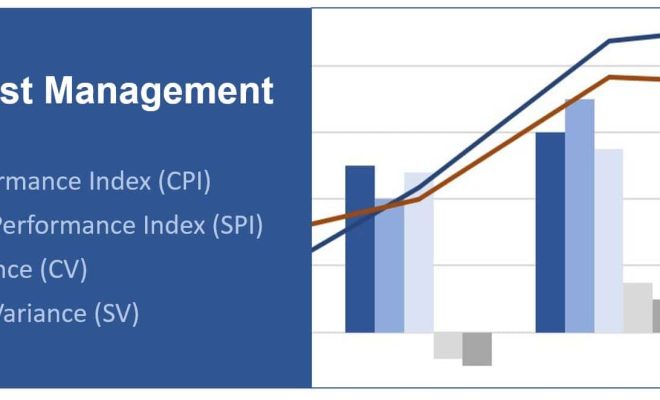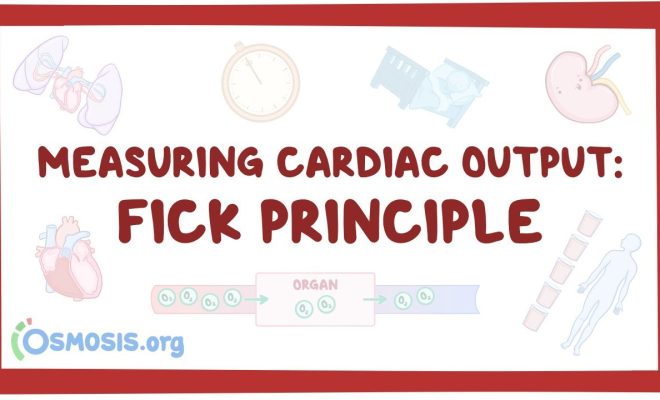How to Calculate Schedule Performance Index (SPI)

Schedule Performance Index (SPI) is a widely used performance metric in project management. It helps project managers measure the progress and performance of their projects and identify if the project is ahead of, behind, or on schedule. In this article, we will explore how to calculate the Schedule Performance Index and how it can be used effectively to manage a project’s timeline and resources.
Step 1: Understand the concept of Schedule Performance Index (SPI)
The Schedule Performance Index (SPI) is a ratio of the Earned Value (EV) to the Planned Value (PV) during a particular period in a project. In simple terms, it compares what work has been completed against what was planned for that period. The formula for calculating SPI is:
SPI = Earned Value (EV) / Planned Value (PV)
Step 2: Determine Earned Value (EV)
Earned Value is an objective measure of the work that has been completed up to a specified point in time. It is often calculated by multiplying the percentage of completed tasks by their planned value. To get the Earned Value:
1. Identify all the tasks within your project scope.
2. Assess percentages of work completed for each task.
3. Calculate the planned cost for each task, also known as each task’s Planned Value.
4. Multiply percentages of work completed by their respective Planned Values.
5. Sum up all the multiplied results to obtain the total Earned Value.
Step 3: Determine Planned Value (PV)
Planned Value refers to the estimated cost of a project or activity agreed upon before starting the project. To get this value:
1. Identify all tasks within your project scope.
2. Estimate their individual costs during planning.
3. Add up all costs, thus obtaining the total Planned Value for that period or stage.
Step 4: Calculate Schedule Performance Index (SPI)
Once you have determined the Earned Value (EV) and Planned Value (PV), use the SPI formula to calculate the schedule performance of your project:
SPI = Earned Value (EV) / Planned Value (PV)
Interpreting SPI Results
1. SPI equal to 1: The project is on schedule, indicating that the project is progressing as planned.
2. SPI greater than 1: The project is ahead of schedule, suggesting that more work has been completed than initially planned for that period.
3. SPI less than 1: The project is behind schedule, meaning that less work has been finished compared to the initial plan.
Conclusion
To effectively manage a project’s timeline and resources, understanding Schedule Performance Index (SPI) and how to calculate it is essential. With this knowledge, you can track progress and make informed decisions to successfully execute your projects. Remember to monitor and update your values regularly, as this will enable timely intervention to keep your project on course.






